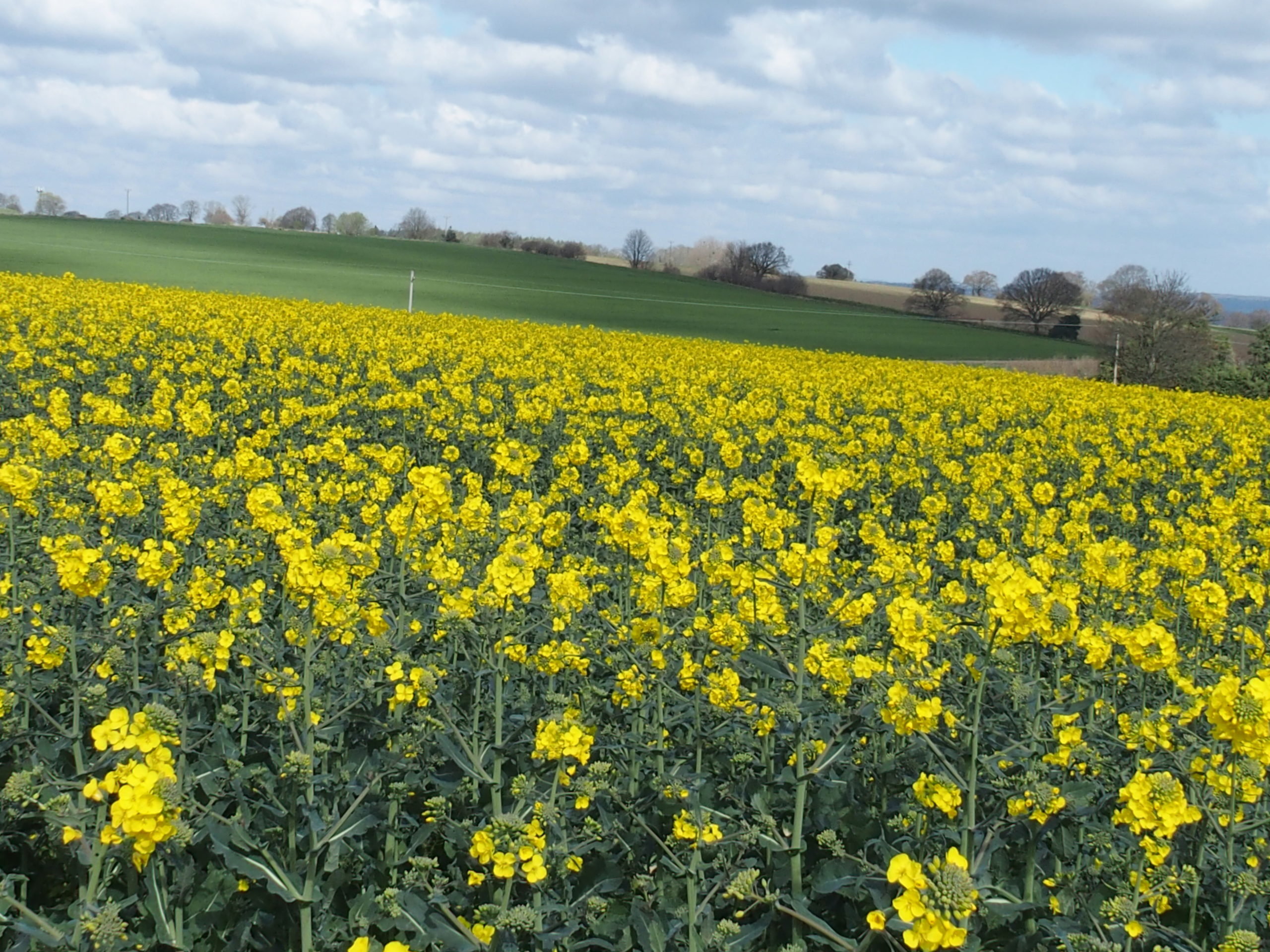Experts say autumn applications of a plant growth regulator (PGR) could hold the key to improving early drilled oilseed rape (OSR) yields.
While genetic improvements are giving higher yields in trials, this isn’t being translated to the field and a core of industry leaders believe that it is due to a combination of milder winters, earlier drilling and OSR’s physiology.
Market research shows only 8% of British growers currently use a PGR in autumn and Chris Guest, Managing Director of plant breeder NPZ UK, is calling for a change in mindset.
Early drilling accelerates effects of changing climate
“Growers used to start drilling at the end of August but we have seen a huge shift, with 75% of OSR now drilled-up by the middle of the month,” he says.
While more forward crops are better able to withstand adult cabbage stem flea beetle (CSFB) damage, these crops are prone to another yield-limiting challenge.
“Growers are often frustrated that they aren’t getting the yields we see in trials. This is largely about drilling date – OSR in trials tends to be sown over a month after those in the field. Now, thanks to research by Dr Ute Krupf, of the University of Applied Sciences in Kiel in Germany, we’re starting to understand the underlying mechanisms in the crops’ physiology and how we can mitigate the effects of early drilling.”
Ute’s research shows that once an OSR plant has six leaves it starts developing flower buds and side shoots, but at the 12-leaf stage, this ‘bud and root differentiation’ phase stops and crops enter a phase of ‘reduction’.
“She’s shown that in cold winters, bud and root differentiation starts in October and ends at the beginning of March, but in warmer winters, because of hours of accumulated temperature, they are now only in this crucial growth stage up until the end of December,” explains Chris. “This in turn, has pushed flowering forwards into months where they are prone to frost damage, with detrimental impact on seed quantity and therefore yield.”
Ute’s trial figures from Schleswig-Holstein in Germany – which has a similar latitude to Yorkshire – shows OSR crops grown during the cold winters of 2008 – 2014 regularly yielded between five and six tons per hectare, while those from the warmer winters between 2015 and 2023 recorded much lower yields.
“With milder weather and the lack of winter shutdown, these forward OSR crops are racing through those growth stages that determine yield potential quicker,” surmises Chris. “It could be limiting yields by up to 30%.”
Autumn PGRs can mitigate yield loss
Applying the research in the field in the UK and across Europe, NPZ have shown that autumn PGR applications hold back crops, giving them more time to create more buds and consequently, more pods and seeds.
“With the changes in climate, an autumn PGR is well worth considering, but for those earlier drilled crops that are reaching the relevant growth stages, it’s arguably essential,” adds Chris.
Caryx® is the only PGR authorised for use in the autumn and BASF Business Development Manager, Clare Tucker, says optimising its use is about timing.
“This year, early drilled OSR has had a good start and many will reach four to six leaves by mid-October or before,” she says. “Those sown at low seed rates will have space around them but any populations of 35-40 plants/sqm or more will grow tall quickly, with weak lower stems, making them more vulnerable to CSFB larvae feeding damage and prone to lodging in the spring.”
Clare recommends the use of Caryx® for any crops reaching four to six leaves in September or by mid-October, adding, it may be necessary to do further canopy management in the spring.
“Timing is crucial. Plants larger than four to six leaves will be too big to benefit fully, so don’t delay applications,” she says.
“Growth starts to slow down by late October and PGR activity will be much less. As well as preserving yield potential, autumn applications of Caryx reduce lodging risk and increase resilience to CSFB larvae feeding damage.”
Restricting the upward growth of a plant also improves large root collar diameter and helps plants better withstand damage from cold and wet soils.
Dr Pete Berry, ADAS Head of Crop Physiology, agrees: “Waiting until you’ve got eight or nine leaves is definitely going to be less beneficial.
“Our trials showed Caryx increased root growth, particularly further down in the soil profile between 40cm and 60cm depth. Making the plant stronger at the base also makes it less lodging prone. Larval population in the stems will be weakening the stems and Caryx will be useful to combat that as well.”

